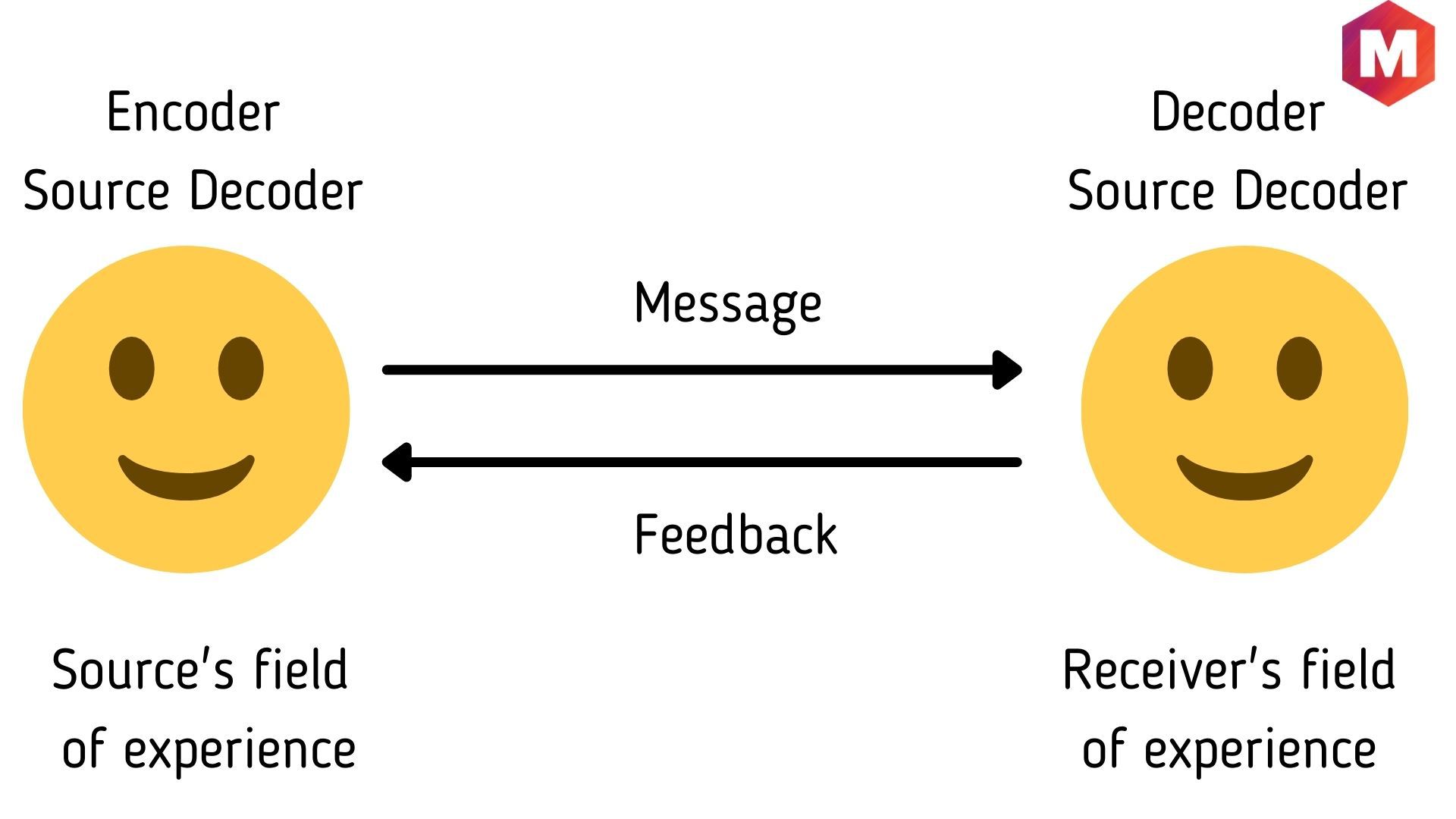
What are the Key Components of an Interactive Communication Model?

Interactive model of communication is an exchange of ideas, messages, and information between the sender and the receiver It involves components such as encoder-source-decoder, message, feedback, and field of experience Examples of this model include face-to-face conversations and video conferencing However, criticisms of this model include the lack of simultaneous feedback, same pattern, and no engagement
An interactive model of communication involves the transfer of ideas, messages, and information between a sender and receiver within both physical and psychological contexts. This can occur through verbal or non-verbal means and can involve human beings or machines.
The interactive model of communication goes beyond the traditional linear model by emphasizing the importance of a two-way process. Unlike the sender-centric approach of the linear model, both participants in the interactive model play equal roles in encoding and decoding messages. This is achieved through the exchange of feedback, which refers to the response of the receiver to the message sent by the sender. One of the most notable features of this model is the inclusion of the feedback loop, which allows for a deeper understanding of the communication process and the role of both sender and receiver. Ultimately, the interactive model requires the involvement of two individuals for successful message exchange, as opposed to the single sender and receiver in the linear model.
The Convergence Model, also known as the interactive model of communication, prioritizes interaction over message and views communication as a whole. This model acknowledges that unintentional messages may be sent and not received. It is particularly useful for new technologies such as the web. The interactive model encompasses both physical and psychological contexts, with the former referring to environmental factors like temperature, layout, size, and lighting that can impact communication. For instance, a job candidate attending an interview at a location with high temperature and humidity while wearing a formal suit may experience discomfort and sweating, resulting in an unpleasant interview experience.
The psychological context of communication takes into account emotional and mental factors such as anxiety and stress. To illustrate, imagine a student who is preparing for their final exams but receives news that their beloved grandfather is extremely ill. Naturally, this news will have a profound impact on their emotional and mental state, causing anxiety and stress that may prevent them from performing to their full potential on the exam. Thus, both physical and psychological contexts can strongly influence communication.
Components of the Interactive model
Important components of the Interactive model for effective communication are as follows-
1. Encoder-Source-Decoder
The process of interactive communication involves two sources - the initial sender of the message who also acts as the encoder and decoder, and the second source who is also responsible for encoding and decoding. When the first source sends a message, they encode it before transmission and decode it upon receipt. The second source, upon receiving the message, decodes it, creates a new message, encodes it and sends it back to the first source. During the process of encoding and decoding, both sources can be referred to as the encoder and decoder.
2. Message
The information that is sent and received in the interactive communication process is referred to as message
3. Feedback
After the decoder receives the first message it will form a second and this is known as feedback
4. Field of Experience
The level of experience possessed by the source during the interactive communication process significantly influences the formation and interpretation of the message. This includes factors such as behavior, values, psychology, and culture, all of which can impact how the message is perceived and understood by the receiver. For a more in-depth understanding of the Interactive Model of Communication, check out this informative video.
Examples of the Interactive model
Let us explain this model with interactive communication examples.
Raghav: Everyone is going for the movie today
Anuj: Are you inviting me or just informing me
Raghav: If you want you can come and if not then it is ok
Anuj: I would love to
Raghav: Ok
During the interactive communication process, Raghav serves as the initial source, transmitting the message, while Anuj is the intended recipient. Anuj then interprets and provides feedback on the message, which Raghav acknowledges and responds to by becoming the receiver and transmitting his own message. This process continues, creating a circular model of communication. The interactive model is particularly effective in communicating with both humans and machines, as evidenced by the internet's ability to allow for feedback on various forms of media, including journals, magazines, books, and newspapers.
Criticisms of the Interactive model
The interactive model also extends to the realm of computer-human interaction, where senders are constantly interchanged with each message exchange. Social media platforms, chat rooms, online shopping, and ATMs are just a few examples of this circular model in action.
The criticisms of interactive models of communication are as follows-
Lack of simultaneous feedback
The interactive model of communication finds extensive usage in the realm of web and internet. However, due to the slow, indirect, and non-simultaneous feedback, it can often become a cause for concern.
Same pattern
Interactive model of communication is not considered a dynamic model as it expects communication to follow the same pattern every time.
No engagement
There is sometimes no engagement of the sender and receiver in the interactive communication process
NEXT
Rhetorical Triangle
PREV
Transactional Model of Communication
START
Communication Models









